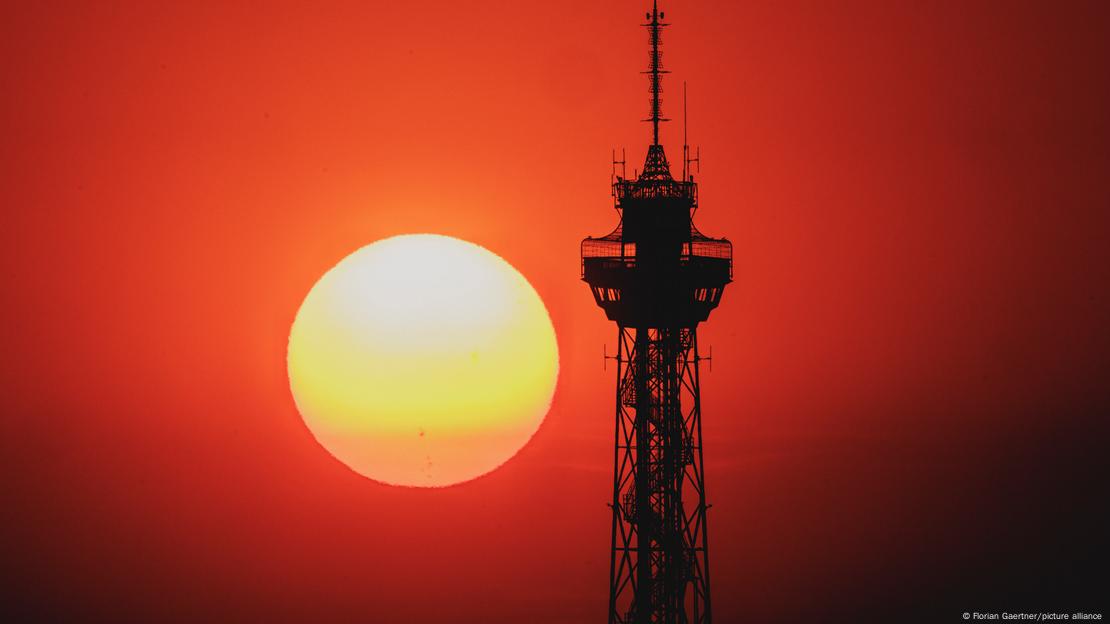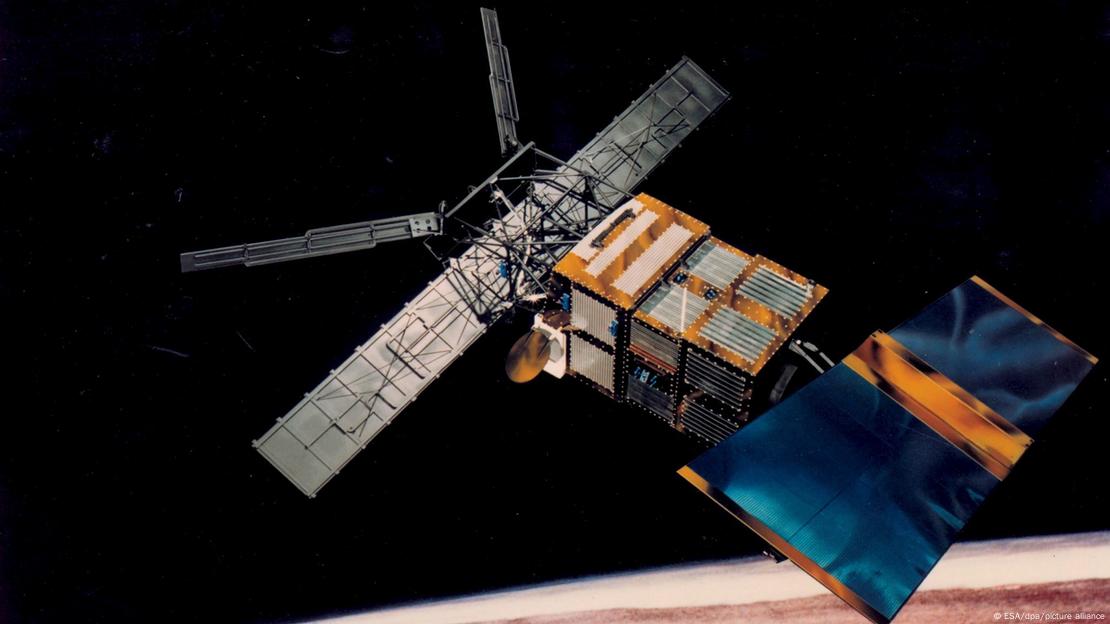NASA and Boeing chase jet contrails with
science of climate impact in doubt
Scientific debate is getting heated over what to do about airplane contrails — the wispy lines of water vapor you often see trailing behind a jet.
Those harmless-looking vapor trails sometimes spread out to form thin cirrus clouds. Environmental activists and nonprofits focused on climate change routinely assert contrails contribute more to global warming than the carbon dioxide emitted from jet engines.
The aviation industry, under pressure to do something, has stepped up research into contrails.
In October, Boeing and NASA conducted flight tests out of Everett with a NASA DC-8 research plane flying behind a 737 MAX 10 to sniff its exhaust and analyze its contrails to test if so-called sustainable aviation fuel, or SAF, may reduce their incidence.
And Google, in a partnership with researchers at Breakthrough Energy — the Seattle-based climate action research group founded by Bill Gates — conducted a small experiment with American Airlines to test whether commercial pilots could avoid regions of the atmosphere likely to induce contrails. A larger trial with multiple air carriers, including Alaska Airlines, is planned for next year.
But last week, the consensus that contrails are so bad for the planet that we need to quickly find ways to reduce them was shattered.
David Lee, author in 2021 of the most influential study of the impact of aviation on the climate and chair of the U.N. Intergovernmental Panel on Climate Change's aviation working group, published a new and trenchant assessment of the myriad scientific uncertainties around the subject.
Co-authored by prominent U.K. climate researchers, the paper concludes that "the fundamental premise" that contrails are important enough to mitigate "is not yet established."
Beyond the uncertainty in the scale of the contrail warming effect, Lee points to a related cooling impact that could potentially cancel it out.
Lee argues that the data on aviation's non-CO2 impacts — chiefly the contrails and the effect of engine emissions on cloud formation — is so uncertain that any action to mitigate them "may be of limited effect or have unintended consequences."
He notes that rerouting planes to avoid airspace susceptible to inducing contrails means burning more fuel and emitting more CO2, which remains in the atmosphere for centuries while contrails dissipate in days.
Complex science and possible approaches
Contrails form when water vapor condenses around aerosols emitted by jet engines — particles and droplets, mainly soot and sulfur — to form ice crystals in the high altitude cold.
Most contrails dissipate quickly. Some spread out and persist as high, thin cirrus clouds.
These clouds can partially cool the planet during the day as they reflect sunlight away from Earth. However, the high, cold clouds also trap surface heat that would otherwise escape into space — a "greenhouse effect" parallel to that of CO2.
The overall impact of the contrail-induced clouds is warming, especially at night when there is no solar reflection.
The science is so complex that the scale of the contrail impact on the climate has always been very uncertain.
It varies not only according to the time of day or night but to the type of surface below. The scientific models of cloud formation remain highly imperfect.
Yet in recent years environmental activists have settled on data in Lee's 2021 assessment as proof that the warming effect of contrails is greater than that of the CO2 spewed from the engines.
Although the cited data comes with a colossal margin of error, that assertion has been repeated in the press and become the accepted basis for efforts to reduce contrails.
In an interview, Marc Shapiro, director of Breakthrough Energy's contrails project, cited the most recent IPCC assessment, which is based on Lee's 2021 paper: that contrails contribute between 1% and 2% of total human-caused climate change.
"That's staggering," Shapiro said. "Most people are astounded to hear that."
So Breakthrough, in collaboration with Google, is focused on finding ways for airplanes to avoid making contrails.
For this year's initial trial, Google used artificial intelligence to analyze satellite imagery, weather and flight data, and develop contrail forecast maps on 35 American Airlines routes.
Going one way, pilots flew over or under regions where the models indicated atmospheric conditions favored contrail formation. On the reverse leg, they flew straight through, ignoring the possibility of contrails.
The avoidance measures resulted in a 54% reduction in contrail-induced clouds, Shapiro said.
Next year, they plan "a much larger trial with multiple airlines," repeating the experiment on thousands of flights.
Shapiro acknowledged the fuzziness in the data about the impact of contrails but said the uncertainty "is overstated by the academic community."
It tends to lead to a conclusion that there's nothing to be done, he said, "and I really disagree with that."
Echoing that view, Matteo Mirolo, sustainable aviation manager for Transport & Environment, Europe's leading clean transportation advocacy group, said in an interview it's "important not to cross the line, where uncertainty is taken as an excuse for inaction."
Mirolo said operational changes to reduce contrails, like those Google and Breakthrough are promoting, should be an easy and cheap way to reduce aviation's contribution to global warming compared with reducing CO2 emissions.
In a phrase often used by climate activists on the subject, he called contrail prevention "low-hanging fruit" for the aviation industry.
But Lee, a professor of atmospheric science at Manchester Metropolitan University in England, pointedly dismissed that notion in an article posted on his university's website highlighting the new paper.
"There are no simple silver bullets or low-hanging fruit to solve the problem," Lee said.
Smaller impact
Political pressure to reduce contrails has grown strongest in Europe.
Beginning in 2025, European airlines will be required to monitor, report and verify the non-CO2 climate effects of their flights. By 2028, after an impact assessment, the European Commission has to make a proposal to address these effects — with contrails as the most salient.
This political push is premised on the belief that contrails are much worse for the earth's atmosphere even than greenhouse gases, and that belief arose from data in Lee's major 2021 assessment.
The analysis is cited by the IPCC, environmentalists, Boeing and NASA, and remains the definitive study of aviation's climate impact.
But interpretations vary, hence Lee's new effort to clarify its meaning.
The 2021 paper had offered "best estimates" from an analysis of multiple research studies that pegged contrails as by far the largest of aviation's non-carbon impacts, with just 34% of aviation's total warming effect contributed by carbon emissions and fully 57% by contrails.
However, that quantitative estimate for contrails is exceptionally mushy. It comes with an error margin of plus-or-minus 70%.
Drew Shindell, a professor of Earth Science at Duke University who assessed climate impacts for the IPCC, said the lack of rigor in the analysis of clouds and their formation creates the "enormous uncertainty" around the impact of contrails.
The latest IPCC estimate of the contribution of contrails and aviation-induced cirrus clouds to total global warming from all human activity is 0.7% to 3.7%.
Shindell said recent studies suggest it is "likely towards the low end of the [IPCC] range."
"The overall assessment is that it's probably in fact, very small," he said. "I don't personally think that it is something we have to worry about more than the CO2. I don't think the science supports that."
Even Shapiro of Breakthrough, whose research focus is on reducing contrails, said that "to be totally frank, our numbers are coming up on the low end of David Lee's [2021] estimates as well."
"There is kind of a growing consensus, the numbers in that paper are too high," he said, though quickly insisting that "it's not like coming out as insignificant."
Efforts to reduce contrails questioned
Lee's new assessment sharply critiques the misreading of his data.
The new paper states that the uncertain warming effect of contrails may be offset because the aircraft aerosols that trigger contrails also change how clouds form in complex ways that have an even less clear, but possibly larger, cooling effect.
Because of the uncertainty around how aerosols interact with clouds, with numerous studies showing wildly different results, the 2021 assessment hadn't even ventured an estimate for that.
Lee's new paper concludes that these competing factors taken together "could have a net positive or net negative" effect on global warming.
Lee specifically criticizes contrail avoidance solutions such as Breakthrough's.
In an email, Lee expressed concern about the "seemingly large (and in my view, ignorant) enthusiasm for navigational avoidance of contrails" because of the extra CO2 emitted.
The warming effect of that additional CO2 "lasts virtually forever," Lee wrote.
In addition, his paper says forecasting of atmospheric conditions is currently not sufficiently accurate to provide reliable contrail predictions.
His paper argues for more research and "careful analysis in order that perverse outcomes are avoided, and strategic investment decisions are based on a solid evidence base."
Breakthrough's Shapiro, responding to the Lee paper's rejection of contrail avoidance, counters that flying above or below contrail regions injects the same aerosols into the air, and so their likely cooling impact on cloud formation will be unaffected.
And Google's account of the American Airlines trial cites research suggesting that with sophisticated contrail avoidance "the total fuel impact could be as low as 0.3%."
"I believe this caution comes with a real climate opportunity cost," Shapiro wrote in an email.
Shapiro said that even if contrails end up being half a percent of total human climate impact rather than 2%, "that's still astounding."
"I'm not sure that changes my motivation or my approach to the problem," he said.
David Fahey, director of the National Oceanic and Atmospheric Administration's Chemical Sciences in Boulder, Colo., and a co-author with Lee of the influential 2021 paper, called the newly published assessment by Lee and his collaborators "stunning."
Fahey concurred that the uncertainties in the scientific models undermine the case for rushing to implement solutions.
He said climate activists pushing for immediate action on contrails are "painting a target in the sky and saying, 'That's the enemy.'"
Because there are so many unknowns, "we need to not do that," Fahey said, adding that Lee's new paper is "an antidote to the Kool-Aid drinking that's going on."
Boeing and NASA team up to study contrails
In the NASA/Boeing contrail study in October, pilots were not avoiding contrails but hunting them to gather data.
NASA research pilot Andy Barry flew the four-engine DC-8 research plane loaded with emissions sensors and cameras behind the Boeing MAX 10, which was painted in the colors of its eventual owner, United Airlines.
For three weeks, they took off on 5-to-6-hour flights seeking the right atmospheric conditions for contrails.
On the MAX, instruments drew in outside air and analyzed it.
In the much larger, heavier NASA chase plane, more instruments drew in the air from the MAX engines' exhaust — whether contrails were visible or not — and analyzed its composition.
Since a big part of the study was to examine how fuel might reduce contrails, the MAX was fitted with partitioned fuel tanks. The wings held a low-sulfur version of regular kerosene-based jet fuel. The center tank held 100% sustainable aviation fuel produced from biomass, oils and waste. Both fuels burn cleaner than regular jet fuel, producing less soot and aerosols.
With eight to 10 engineers in the back monitoring the instruments, the pilots flew one flight segment burning one type of fuel, then turned back and repeated the maneuver in the same air space burning the second fuel.
For Barry, it was tricky and demanding flying.
Communicating via radio with the Boeing jet, the NASA pilots aimed for a target air space about 200 feet wide and high, some 4 to 5 miles behind the Boeing jet.
They had to avoid the wake coming off the Boeing jet's wingtips that generated whirling vortices of doughnut trails behind it. And on days when there were strong crosswinds, they had to adjust laterally to find the exhaust stream.
"It's a small piece of sky to be in a moving environment," said Barry, interviewed in the DC-8 cockpit. "It's a highly turbulent environment, and that's why everyone's strapped in with five-point harnesses."
"We're doing this for 400-mile legs, and hand-flying all of this. Let's just say it's fatiguing," he said. "No autopilot is going to put you in this sweet spot to sample the data."
The complexity and uncertainty around contrail formation was illustrated on days when the pilots would spot an airplane in a neighboring pocket of air with a 20-mile contrail.
Barry said he'd think "it's gonna be easy today" to find contrails — "then we start getting on condition and there's nothing or it's a half-mile contrail."
Lee's new paper, while it warns contrail avoidance may increase carbon emissions, states that reducing contrails by burning SAF that also reduces carbon "could potentially be a 'win — win.'"
The results from the October flight tests will be published next year.
Aside from the work on contrails, the outcome should confirm a separate, substantial public health benefit from SAF. The lower aerosol emissions from the fuel will reduce pollution around airports all over the globe.
Dilemma for aviation
The aviation industry's goal of reducing carbon emissions to "net zero" by 2050 is fraught with major costs and heavy uncertainty.
Developing new aircraft technologies while vastly scaling up production of SAF is both immensely expensive and perhaps unattainable.
In contrast, reducing contrails, while not easy, seems enticingly possible.
Lee asserts that reducing carbon emissions should remain the priority.
Via email, he summed up aviation's dilemma and urged caution.
"As environmental scientists, we operate routinely with uncertainty," Lee wrote. "However, what is far more difficult to deal with is the uncertainty of being completely 'wrong' and doing permanent damage to climate in the process."
(c)2023 The Seattle Times Distributed by Tribune Content Agency, LLC. ©2023 The Seattle Times. Visit seattletimes.com. Distributed by Tribune Content Agency, LLC.






















